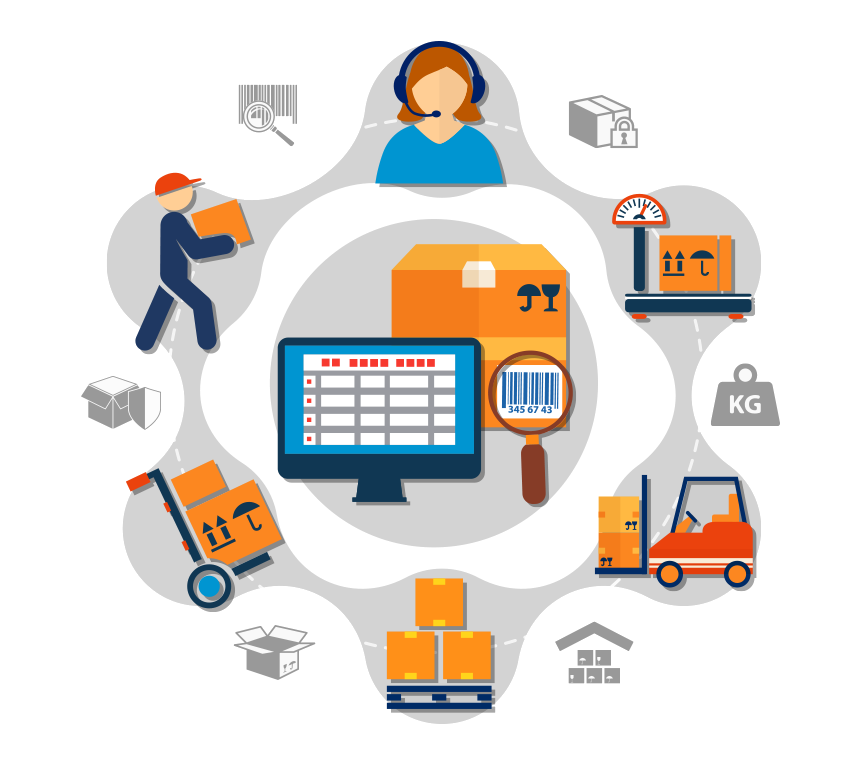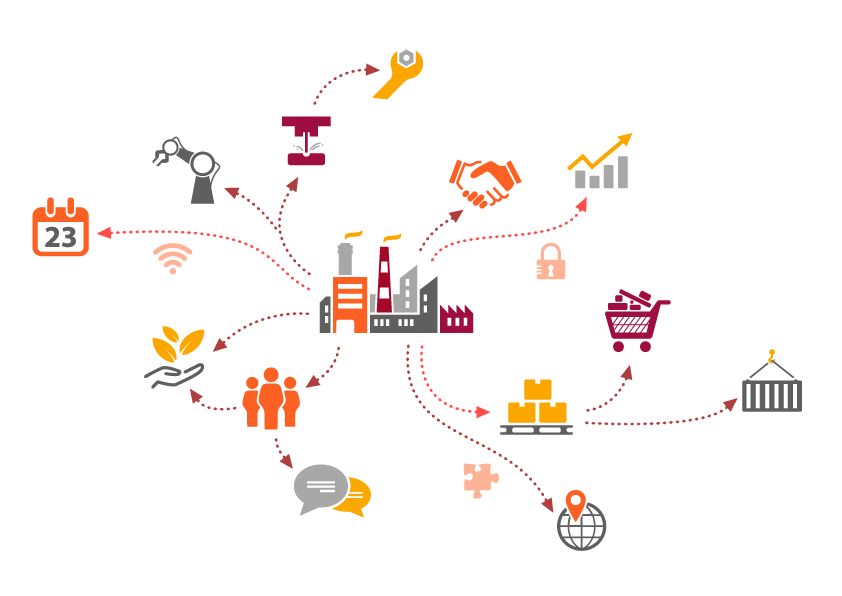ERP
ERP is a comprehensive service business software solution that enables you to resource your business and manage service delivery. The ERP tool also helps you streamline financial operations and analyze business performance across the entire service organization.
TrueBool brings a business-aligned view of ERP implementations. We help our clients map the risks and opportunities of ERP solutions, including lifecycle impacts. This collaborative approach to choosing the right solution and its lifecycle planning proactively accommodates short and long-term business goals, planning for change, and mitigates risk while ensuring higher ROI from such projects.


CRM
CRM services provide companies with a suite of tools to analyze customer trends and behaviors. It enables employees to create, assign, and manage requests made by customers – while reducing operational cost and increasing time-to-market.
CRM service is the perfect solution when performance matters. Take control of all the contacting points in your customer life cycle with sales pipe management, helpdesk features, invoicing, communication, and many other features that fit your needs. Naturally, you can automate your main functions and use the comprehensive reporting views to stay on top of your game.
In a world where customers expect response within seconds or lose interest, fostering hyper accelerated digitally enhanced human interactions is critical for success. To satiate the digital native of today, organizations must reimagine their relationships with customers from a new perspective

Inventory Management
An inventory management system is the combination of technology (hardware and software) and processes and procedures that oversee the monitoring and maintenance of stocked products, whether those products are company assets, raw materials and supplies, or finished products ready to be sent to vendors or end consumers.
A system for identifying every inventory item and its associated information, such as barcode labels or asset tags. Hardware tools for reading barcode labels, such as handheld barcode scanners or smartphones with barcode scanning apps. Hardware tools for reading barcode labels, such as handheld barcode scanners or smartphones with barcode scanning apps.
Processes and policies for labeling, documentation, and reporting. This should include an inventory management technique such as Just in Time, ABC Analysis, First-In First-Out (FIFO), Stock Review, or another proven methodology.
SCM
Supply chain management (SCM) is the centralized management of the flow of goods and services and includes all processes that transform raw materials into final products. By managing the supply chain, companies are able to cut excess costs and deliver products to the consumer faster.
Clearly, automated Supply Chain Models have fast gained traction, offering a competitive edge, smarter economic flowcharts and contemporaneous products. However, SCM is a complex terrain and global firms have to seamlessly manage an ever-expanding network of stakeholders.

